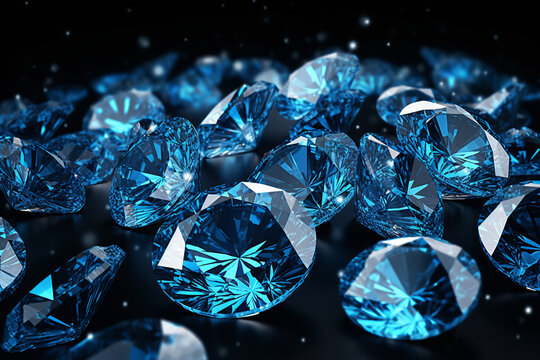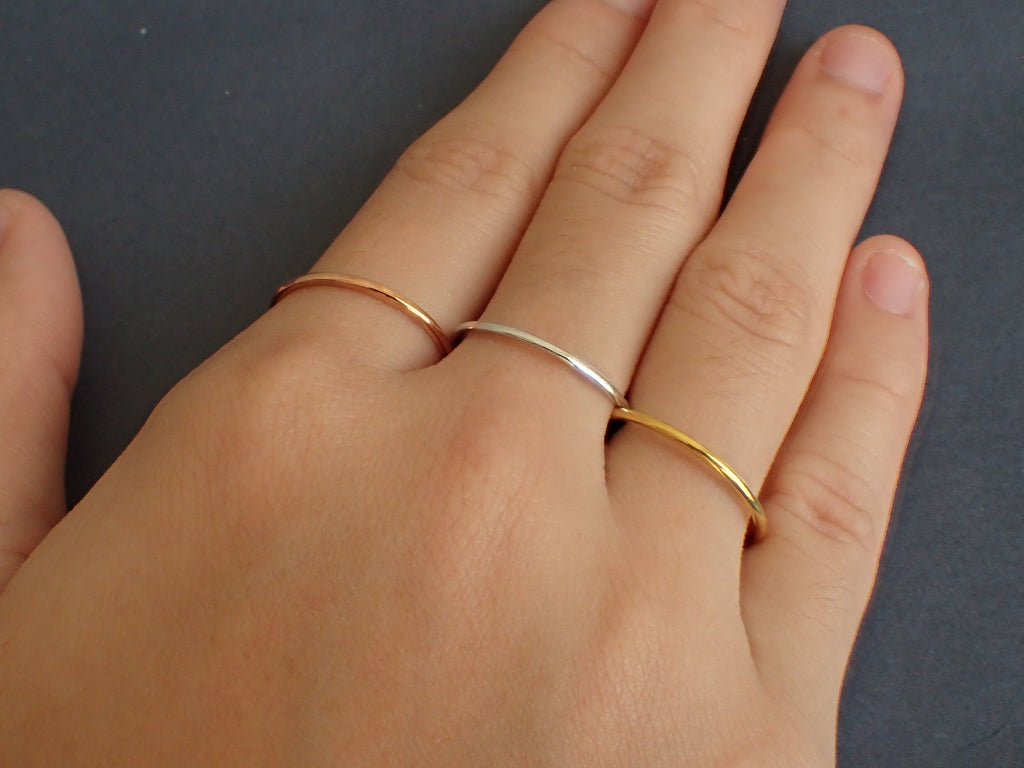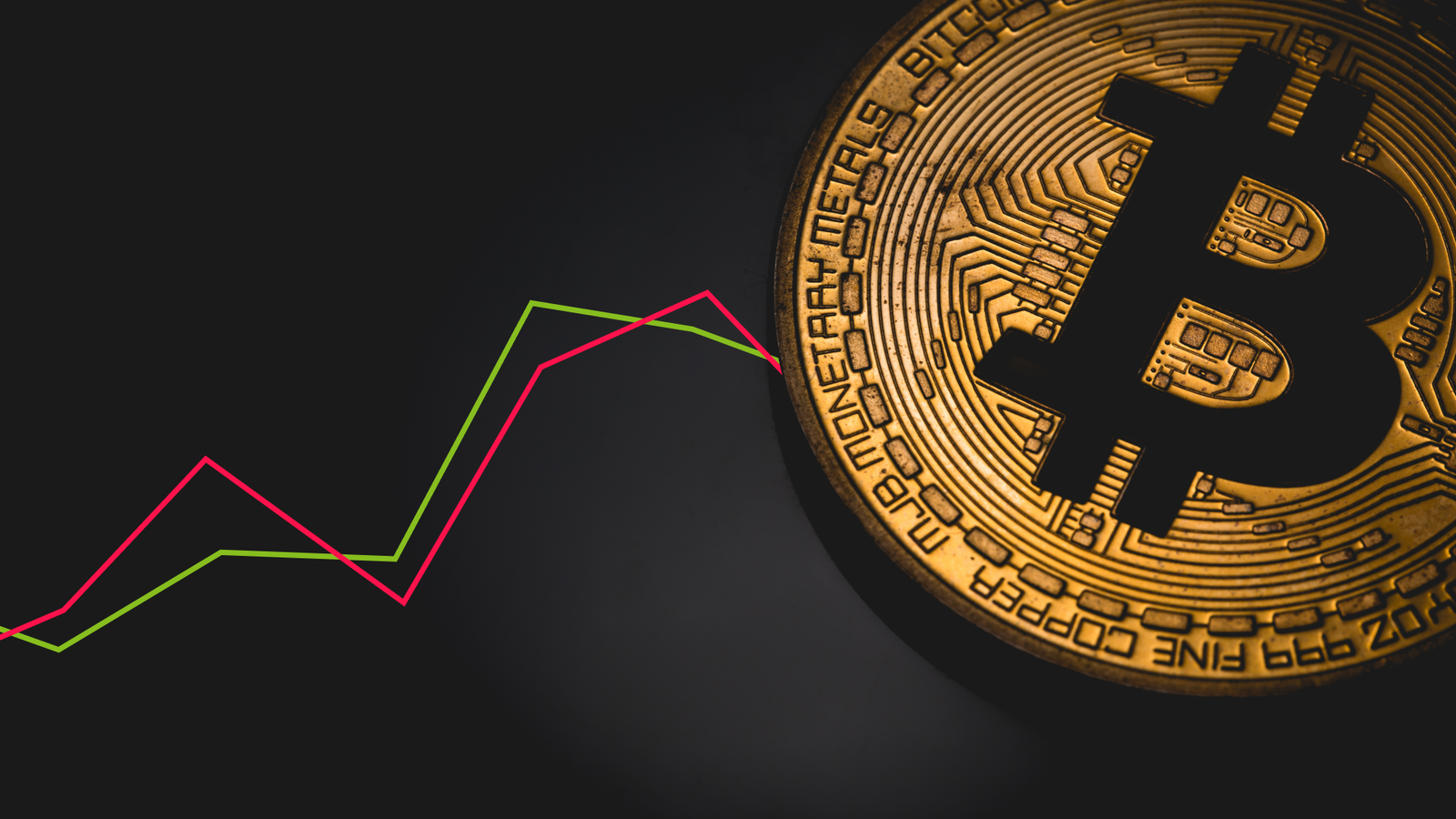Introduction to Lab Diamonds
When you hear “diamonds,” what hops into your mind? For some, it’s the work of craftsmanship, glittering gem that is indivisible from lavishness and forever love. Nonetheless, did you had at any rate some thought that diamonds can now be grown in a lab, offering a state of the art bend on this immortal gemstone? Lab diamonds are tentatively spellbinding as well as a more practical and moral choice rather than their standard accomplices. In this guide, we’ll explore all that you need to know about 4Cs lab diamonds, from their extraordinary characteristics to their creating omnipresence.
What Are Lab Diamonds?
Lab diamonds, otherwise called synthetic or refined diamonds, can’t avoid being diamonds laid out in controlled conditions using pattern setting advancement. These diamonds have comparative physical and synthetic properties as standard diamonds, making them a genuine choice for those searching for splendor and greatness without the regular and moral worries related with standard mining.
The Science Behind Lab Diamonds
Lab diamonds are conveyed using two fundamental procedures: High Strain High Temperature (HPHT) and Synthetic Vapor Declaration (CVD). HPHT mimics the standard diamond-forming conditions of crazy pressure and temperature, while CVD uses a gas blend to store carbon particles onto a substrate, forming diamond valuable stones layer by layer. The two systems produce diamonds that are synthetically unclear from those found in nature.
The 4Cs of Diamonds Got a handle on
While surveying diamonds, the 4Cs — Carat Weight, Color, Clearness, and Cut — are major guidelines. These traits conclude a diamond’s overall quality and worth, whether it’s a lab-grown or normal diamond.
Carat Weight
Carat weight gauges how much a diamond measures, with one carat equivalent to 0.2 grams. The more a diamond checks, the higher its carat weight, and in this way, its worth. In any case, carat weight alone doesn’t portray a diamond’s quality; it’s a very rare example of factors to consider.
What Carat Weight Means for Worth
A greater diamond for the most part costs more per carat in view of its special case. Nonetheless, the expense isn’t by and large immediate, and other factors like cut and clearness furthermore expect gigantic parts. It’s worth observing that lab diamonds can offer better motivator for carat weight appeared differently in relation to normal diamonds, by virtue of decreased mining costs.
Color
Diamond color goes from D (colorless) to Z (light yellow or brown). The less color a diamond shows, the more important it ordinarily is. Lab diamonds can be made in various colors, from clear to fancy colors, dependent upon the best outcome.
Color Assessing Scale
Diamonds are evaluated considering the presence of any color, with D being the most raised grade and Z the least. While customary diamonds can have inconspicuous color assortments on account of their formation processes, lab diamonds offer more unsurprising color quality in light of their controlled creation environment.
Clarity
Clarity insinuates the presence of interior or outside absconds, known as contemplations and defects. Diamonds with less deformities are overall more critical and sought after. Lab diamonds can be made with less contemplations on account of the controlled environment, much of the time bringing about higher clearness grades.
Normal Clearness Issues
Typical clarity issues incorporate little contemplations or surface defects that impact a diamond’s visual charm. Lab diamonds, nonetheless, can be intended to restrict these defects, giving a more clear and more splendid pearl.
Cut
The cut of a diamond impacts how well it mirrors light, adding to its overall splendor. The cut is surveyed considering its proportions, equilibrium, and clean. An especially cut diamond will show remarkable gleam and shimmer, working on its outward presentation.
Importance of the Cut
The cut is apparently the main factor in choosing a diamond’s miracle. To be sure, even a diamond with extraordinary color and clarity can appear to be inauspicious in case the cut is poor. Lab diamonds are a significant part of the time cut with exactness to intensify their splendor, chasing after them an alluring choice for certain buyers.
Comparing Lab Diamonds to Normal Diamonds
While comparing lab diamonds to their customary accomplices, a couple of factors become an indispensable factor, including their formation collaboration, quality, and overall impact.
Contrasts in Formation
Normal diamonds form more than enormous number of years under outrageous land strain and temperature, while lab diamonds are made inside the space of weeks or months in a lab. No matter what this differentiation, the two sorts of diamonds share vague synthetic plans and genuine properties.
Quality and Strength
Lab diamonds are correspondingly pretty much as solid as ordinary diamonds due to their vague hardness and development. They go through a comparative quality assessing processes, ensuring that buyers get a first class thing whether they pick lab-grown or normal diamonds.
Benefits of Picking 4Cs Lab Diamonds
Lab diamonds offer a couple of advantages over normal diamonds, including moral getting, cost-feasibility, and regular benefits.
Moral Thoughts
Lab diamonds give a more moral choice as they avoid the issues related with diamond mining, for instance, normal damage and battle supporting. By picking lab diamonds, you’re supporting a more reasonable and sympathetic industry.
Cost-Suitability
Lab diamonds are a significant part of the time esteemed lower than normal diamonds, settling on them a monetarily sagacious decision for those searching for phenomenal gemstones. This cost advantage grants buyers to choose greater or better diamonds actually affordable for them.
Picking the Right 4Cs Lab Diamond
Picking the ideal lab diamond incorporates understanding the 4Cs and how they apply to lab-grown gems.
What to Look For
While picking a lab diamond, think about factors, for instance, carat weight, color, clarity, and cut. All of these parts adds to the diamond’s outward presentation and worth. Moreover, affirm that the diamond goes with a declaration from a decent inspecting organization.
Examples and Advancements
Movements in lab diamond development continue to work on quality and affordability. Advancements, for instance, further developed color and clearness drugs are ending up being more regular, offering buyers extensively more choices.
Effect on the Adornments Business
Lab diamonds are hugely affecting the jewels business by testing customary norms and offering more useful other choices. Their creating predominance mirrors a shift towards more moral and reasonable choices in fine diamonds.
Conclusion
Lab diamonds, with their 4Cs credits, offer a persuading choice rather than normal diamonds. They give a comparative marvel and robustness while watching out for important moral and natural worries. Whether you’re considering a lab diamond for a wedding ring or an extraordinary piece of pearls, understanding the 4Cs can help you with seeking after an informed and sure choice. As the business continues to create, lab diamonds are most likely going to transform into a fundamentally more well known and respected choice in the world of fine gemstones.







